Elephant apple – Dillenia indica: Uses, Research, Remedies
Bhavya- Dillenia indica is a plant useful in the treatment of diabetes, inflammation, bad odor from the mouth, improving the digestion capacity and skin diseases.
Latin name- Dillenia indica Linn.
Family- Dilleniaceae
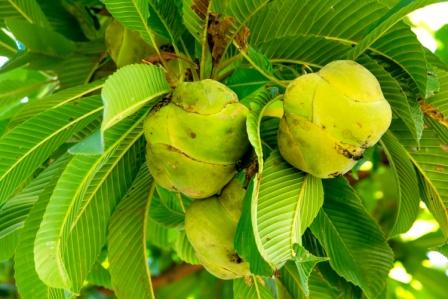
Table of Contents
Vernacular names
Names in different languages:
Hindi name- Gimar, Chulta, Chalta
English name- Elephant apple
Bengali name- Chalta
Kannada name- Betta kanagalu
Malayalam name- Punna, Vazhapunna, Pinnay, Karmal
Marathi name- Karmbel
Tamil name- Kurukati, Ugakkay, Uva
Telugu name- Uva
Sanskrit Synonyms
Bhavya phala, Ruvyam, Bhavishya, Bhavana
Vaktra Shodhana, Mukhashodhana – cleanses mouth
Romantika, Karnaphala
Picchila Beeja, Picchila – fruit, seeds are slimy and sticky
Karmarangaka, Romaphala
Madhuramla – sweet, sour in taste
Kushtarogahvaya – useful in skin diseases
Vapya, Paribhavya
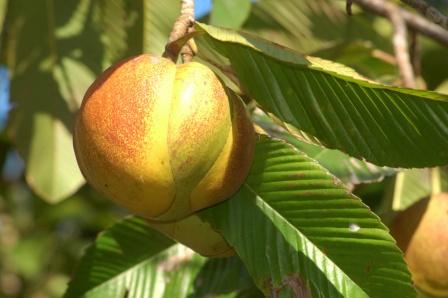
Morphology
Morphology of Dillenia indica:
It is an evergreen large shrub or small to medium-sized tree growing to 15 m tall and found in the North eastern part of India. The leaves are 15–36 cm long, with a conspicuously corrugated surface with impressed veins. Its branches are used to make good firewood. The flowers are large, 15–20 cm diameter, with five white petals and numerous yellow stamens. Its characteristic round fruits are large, greenish yellow, have many seeds and are edible. The fruit is a 5–12 cm diameter aggregate of 15 carpels, each carpel containing five seeds embedded in an edible but fibrous pulp.
Properties, part used, dosage
Elephant apple medicinal properties:
Rasa (Taste) – Madhura (Sweet), Amla (Sour), Kashaya (Astringent)
Guna (Qualities) – Guru (Heavy for digestion), Picchila (Slimy in nature)
Vipaka – Madhura (Undergoes sweet taste after digestion)
Veerya (Potency) – Sheeta (Cold)
Karma (Actions) – Vata shamaka (reduces vitiated vata dosha)
Part used- Fruit
Dosage-
Fresh fruit- 50 g to 100 g
Fresh juice- 50 ml to 100 ml
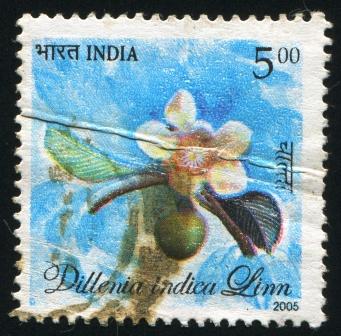
Chemical composition
Dillenia indica Chemical composition
The sepals contain (on dry weight basis): tannin 0.37%, glucose 2.92% and malic acid 0.91%. The bark and leaves contain about 10% and 9% tannin (on dry weight basis) respectively. The fruit yielded a polysaccharide, arabingalactan. The leaves yielded cycloartenone, n-hentriacontanol, betulin, betulinic acid and beta-sitosterol. The bark gave iso-rhamnetin, naringenin, quercetin derivatives and kaempferol.
Uses
Uses of Bhavya – Elephant apple:
- The fresh juice of the fruit of Bhavya is mixed with honey or sugar candy and given for treatment against cough and dyspnea.
- Decoction of the bark of Dillenia indica is used for gargling in case of oral thrush and bad odor from the mouth.
- The pulp of the fruit is mixed with water which gives good lather and can be used like shampoo to clean the scalp hair.
- The paste of the bark of Dillenia indica is applied over the area affected with scabies and pigmentation of the skin.
- The fresh juice of Bhavya fruit improves the digestive capacity and hence can be given in patients suffering from indigestion and lack of appetite.
- The cold infusion and the fresh juice of Dillenia indica is a good hair tonic and can be applied over the scalp to regenerate hair in conditions of hair fall.
- The fruit is used for Indian cuisine to prepare various dish and desserts.
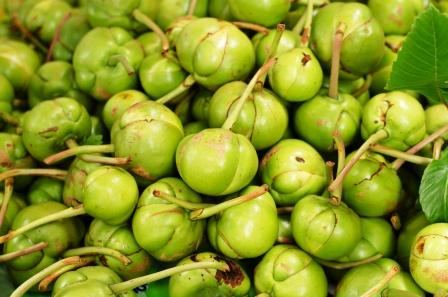
Adverse effect
No adverse effect is known or reported after the use of Bhavya. But excessive intake of fruit can cause mild diarrhea.
Sanskrit verse
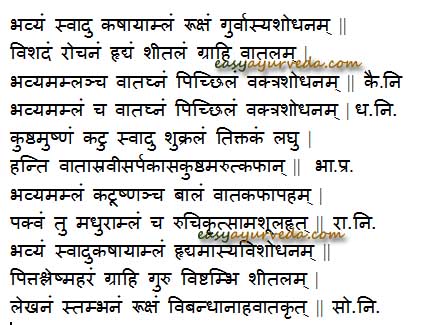
Benefits, Indications
Bhavya Benefits as per Ayurveda:
Asya shodhana – cleanses mouth
Vishada – non-slimy, clear
Rochana – improves taste, appetizer
Hrudya – cardiac tonic, good for heart
Sheetala – coolant
Grahi – absorbent, bowel binding, useful in IBS, diarrhoea
Unripe fruit is sour and has clarity.
Ripe fruit is sweet and sticky
Lekhana – scraping
Stambhana – stops bleeding, stops flow
Useful in Vibandha – constipation
Interaction with medicines, supplements
Can this be used while taking Homeopathic medicine?
Yes. This product does not react with homeopathic medicine.
Can
this medicine be continued while taking supplements like multivitamin tablets,
Omega 3 fatty acids etc?
Yes. Generally, this product goes well with most
of the dietary supplements. However, if you are taking more than one product
per day, please consult your doctor for an opinion.
With western
medicines
Seek your
doctor’s advice if you are taking this product along with other western
(allopathic / modern) medicines. Some Ayurvedic herbs can interact with modern
medicine.
If both Ayurvedic and allopathic medicines are advised together, then it is
best to take Allopathic medicine first, wait for 30 minutes and then take the
Ayurvedic medicine.
Research
Research articles related to Dillenia indica:
Hypoglycemic effect: The study revealed the hypoglycemic effect of the fruit of Dillenia indica in type 2 patients of diabetes. The fruit powder showed highly significant (p<0.001) result in reducing the FBS and PPBS levels on diabetic patients.
Healing effect: This study evaluated the healing effect of Dillenia indica fruit extracts on induced psoriasis-like wounds in Wistar rats. Extracts were standardized to betulinic acid, including an aqueous ethanolic extract (AEE), ethyl acetate extract (EAE) and petroleum ether extract. Effects against lipid peroxidation were assessed in vitro. Wounds were created at rat tails (n?=?12). Topical treatments were applied once daily for 7 days (1?mL of AEE or EAE at 5 or 50?mg/mL). Yields of AEE and EAE were 4.3 and 0.7%, respectively. Betulinic acid concentrations in AEE and EAE were 4.6 and 107.6?mg/g. Extracts neutralized lipid peroxidation in vitro at 0.02??g/mL, accelerating healing at 50?mg/mL. Complete healing in mice treated with AEE occurred 16 days after wound induction. This time was 14 and 12 days in mice treated with EAE and clobetasol.
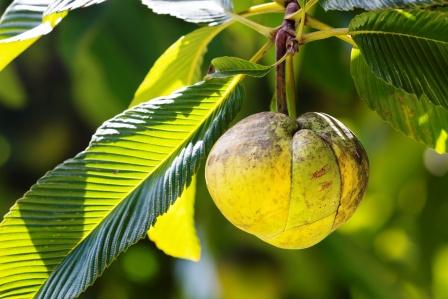
Analgesic, CNS depressant activity: The aim of present study was to examine the analgesic, neuropharmacological and cytotoxic effects of the methanolic extract of the barks of Dillenia indica Linn. The analgesic activity was evaluated for its central and peripheral pharmacological actions using tail-flick method and acetic acid-induced writhing test in mice respectively. The extract, at the dose of 100, 200 and 400 mg/kg body weight, produced a significant increase in pain threshold in tail-flick method in a dose dependent manner. In acetic acid-induced writhing test, the extract at 400 mg/kg dose showed a maximum of 46.0 % inhibition (p <0.001) of writhing reaction compared to the reference drug Diclofenac-Na (78.50%). The extract was also investigated for its neuro-pharmacological action using hole-cross and open field test. The extract displayed dose dependent suppression of motor activity and exploratory behavior in mice in the tested models. The results of the study indicate that the plant possesses strong analgesic potential which might be linked to inhibition of central mechanism of pain.
Classical categorization
Bhavaprakasha- Haritakyadi varga
Dhanvantari Nighantu- Amradi varga
Kaiyyadeva Nighantu- Oushadhi varga
Raja Nighantu- Amradi varga
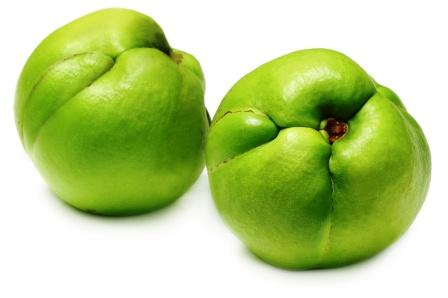
Scientific classification
Kingdom: Plantae
Clade: Angiosperms
Clade: Eudicots
Order: Dilleniales
Family: Dilleniaceae
Genus: Dillenia
Species: D. indica
Author: Dr.B.K.Prashanth M.D (Ayu), Ph.D
E mail: [email protected]
Click to consult Dr Prashanth BK










